What is neuromuscular re-education and how is it related to improving biomechanics?
Neuromuscular re-education is critical to improving canine biomechanics, and getting the most out of their canine conditioning protocol. If a dog is displaying a muscle imbalance or compensation, especially as the result of an injury or surgery, targeting them specifically is critical. Without targeting those muscle specifically with localized exercise and precise movements, the brain will continue to compensate (avoid) and the muscle fibers that are weak will continue to get weaker.
Watch the short clip of Hot Rod’s compensatory movement pattern/ poor biomechanics when circling a cone to the left. Can you see the way she avoids loading the right pelvic limb? It’s in slow motion as well for those of us with mortal eyes!
Why Was I not seeing improvement?
No matter how hard I worked on this cone wrap, no matter how many repetitions we executed, I wasn’t seeing improvement. This is because Hot Rod continued to compensate, and not load bear through that right pelvic limb during the initial curve to the left. The muscles we were trying so hard to target (middle and superficial glute, biceps femoris, TFL) weren’t getting stronger to stabilize the hip and stifle… because they’re not even getting a chance to work. They’re not even at the party. These are the biomechanics we need to improve. Stay with me now… I’m going to use an analogy.
The longer the muscle or muscle chain doesn’t turn on (come to the party), the more they end up like your introvert friend… and don’t want to come to the party. They might even try to cancel last minute to avoid having to go. They might do that to the point they think they hate parties.(Can you tell I’M that friend lol) And just like that introvert friend… it might take some coaxing to persuade them to JUST TRY… Maybe you even have to pick them up and bring a snack! Once they’re at the party though, a GREAT time is had!!! And next time there’s a similar party, with a similar energy level, with the same people/amount of people… The likelihood your friend will want to go increases!
Explaining muscular PROMOTION, DEMOTION and compensation
When a muscle becomes hypo-active, it is DEMOTED down the list of the muscles that are recruited, because it doesn’t function well. Then, because it keeps getting demoted, and moved down the list, it doesn’t get a chance to be recruited, so it doesn’t function well. So it again gets demoted. It continues to function poorly. Finally, the muscle again gets demoted, and the never ending cycle of compensation / muscle imbalance is created.
In order to break that cycle/habit of compensation, we have to first PROMOTE that weak muscle to the head of the line. Second, we have to make sure it gets turned on, and the only way to do that is through INTENTIONALITY. Third, the dog must CHOOSE to execute a movement in a way that intentionally recruits the muscle. This is why we place so much emphasis on foot alignment, spine alignment, and control. It is critical to improving biomechanics and necessary for neuromuscular re-education.
Making changes to improve biomechanics
This is where our dog training skills come in. Watch this next video clip.
Can you see through precise marking/timing I’m able to communicate to Hot Rod what’s earning the reward? And the reward is earned through the right pelvic limb impacting the ground, when initiating the curve to the left? Because she understands that, and finds the process valuable (earning a cookie), she’s more willing to be intentional about that behavior. This is how the habit is starts to be broken/retrained. Over time that intentional choice will improve biomechanics and foster neuromuscular re-education.
Now… If I ask for too many reps at once, go too long/ask for too many sets, or the arousal level gets too high, the brain will default back to the old movement pattern. The process of demotion and compensation will start all over again.
This is important
This is also true if I manhandle my dog through the exercise and force them along using my body, social pressure, or even a super high value treat (more on luring vs shaping, and how to use them both effectively in my next blog), we strip the dog of the intentional choice needed to produce the desired neuromuscular reeducation.
So… to summarize…
First, he exercise to correct a muscle imbalance, improve biomechanics, and correct compensatory movement pattern MUST be precise, targeted, INTENTIONAL, and easy enough for the weakest muscle in the chain to engage against the forces involved. This is the only way to retrain biomechanics.
Second, the dog must be AWARE of what’s earning the reward, and intentionally choosing to execute the specific movement in order for the brain part of the habit to change. This is the #1 reason (aside from lack of patient compliance) human physical therapy fails… It’s not enough “go through the motions” executing an approximation of the movement pattern. In order to change the brain part of the habit, it takes conscious thought. This is the only way neuromuscular re-educaton can take place.
Third, the dog must be able to fully CONCENTRATE in order to make the necessary choice. They must understand what’s being asked of them/not being presented with a new behavior or a too complicated behavior. They must also be at an appropriate level of arousal… motivated without being overstimulated or afraid.
Lastly, being in a very familiar environment, on very familiar equipment, with a handler thats not under pressure, for 5 min or so per session, several times per week is the ideal situation, and the main drawback of “in clinic” rehab or “in person” fitness classes. It’s also the main positive of having a video library of alignment based, precise exercises at your fingertips, to work on in the comfort of your own home, at a time that works for you and your pup, without the pressure of having to “keep going”, when neuromuscular reeducation indicates a stop.
You can see the whole Controlled Cone Wrap: Intermediate video, and tons more stuff (with lots for free) here on the site!

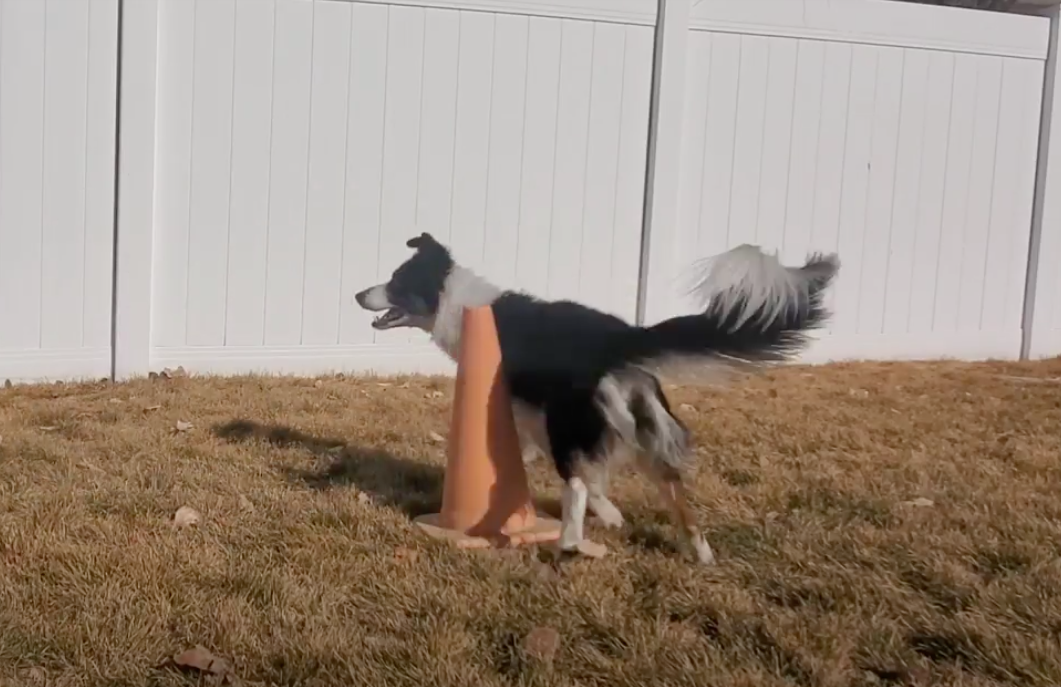
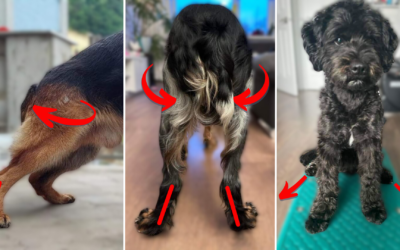
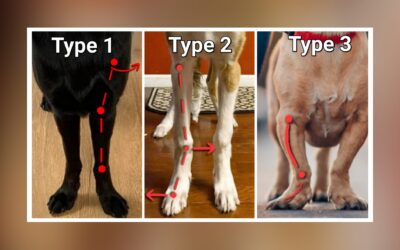
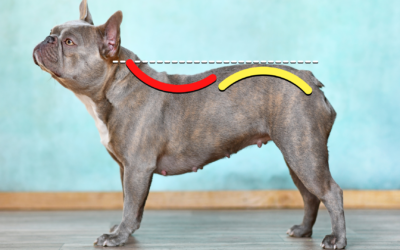
Another great blog post. So well explained. Thank you!
Question… if Hot Rod just weren’t willing/able to use that right hind limb appropriately on this exercise, what other exercise would approximate this recruitment pattern? (I’m wondering how I would split this behavior…)
Hey Rachel!
That’s a really good question. If my dog wasn’t able to implement correct footfalls…
1.The first thing I would do would be to reduce speed, and reward for each 1/2 or 1/4 wrap. This *should* reduce speed enough to give me the opportunity to mark and reward the right PL executing with proper mechanics.
2. If she still struggled with using the right PL correctly, I would take a step back and implement something with a closed kinetic chain like the Standing Side Bend: Advanced, or Ipsilateral Step Up: Beginner exercise. Both of these exercise use the PL in a similar way to the Cone Wrap, but the limb itself stays fixed. This gives us a chance to build strength and confidence in a low arousal environment.
3. If she was still struggling, I would want to seek out a consult with a Sports Medicine Vet… As that much difficulty would make me suspicious there was something else going on like sciatic pain, meniscal damage, or something else that lateral forces were exacerbating.
Does that answer your question?